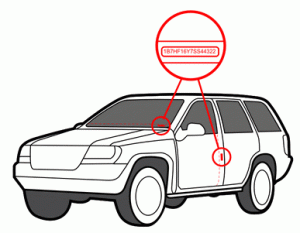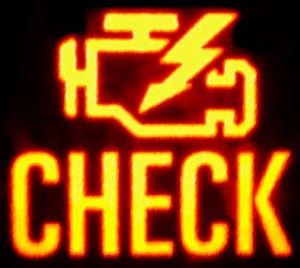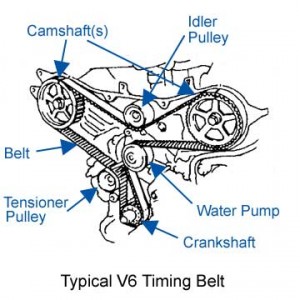 We have worked on tons and tons of vehicles (literally), at various places (some great, some not so much) throughout our careers, and it’s safe to say that we’ve see a lot of crazy stuff. We’ve pulled all kinds of critters out of all kinds of places in all kinds of cars. We’ve seen cars do things that defy reason, physics, and even the laws of nature. We have even seen how cars can be used to store some extremely interesting items. Oh, the stories we could tell! Many may not even be appropriate for this blog! but out of all of the crazy and unbelievable things we’ve experienced working in the auto repair industry, nothing comes close to the myths and tall tales we’ve encountered in this business. And being your local shop, we feel it is our SACRED and SOLEMN duty to dispel these silly notions and far-fetched fantasies about automotive maintenance and repair.
We have worked on tons and tons of vehicles (literally), at various places (some great, some not so much) throughout our careers, and it’s safe to say that we’ve see a lot of crazy stuff. We’ve pulled all kinds of critters out of all kinds of places in all kinds of cars. We’ve seen cars do things that defy reason, physics, and even the laws of nature. We have even seen how cars can be used to store some extremely interesting items. Oh, the stories we could tell! Many may not even be appropriate for this blog! but out of all of the crazy and unbelievable things we’ve experienced working in the auto repair industry, nothing comes close to the myths and tall tales we’ve encountered in this business. And being your local shop, we feel it is our SACRED and SOLEMN duty to dispel these silly notions and far-fetched fantasies about automotive maintenance and repair.
Personally, we only think car repair is fun to do when your car needs it. After all, we are all about Good Carma. We’ve seen some shady scams and stories out there, but fear not! Class is in session. The Good Carma Profs are here to drop knowledge. Here are 5 common myths about automotive repair and maintenance that you can now stop believing. Get yer learn on!
1. Fuel Injector Cleaning Shenanigans – We hear this one all the time. You take your car in for an oil change or minor maintenance and learn that your injectors need to be cleaned. Your car seems to run just fine but for some reason, your fuel injectors are clogged and the end of the world is nigh! In 1995, the EPA mandated that detergents needed to be included in fuels to prevent engine buildup (some interesting reading on this here). While it is conceivable that injectors could clog up, it’s highly unlikely to occur with today’s modern fuels especially with low mileage cars. Most of the time, these “injector cleanings” are simply dumping a bottle of fuel treatment into your gas tank. So be aware and if your car isn’t running terribly, your injectors are probably working just fine.
2. Coolant Flush Hijinks – With today’s modern vehicles, these flushes are not needed too often. Your best bet is to follow your vehicles owner’s manual. Flushes or coolant fluid replacements are usually recommended by these manuals around every 5 years or 60,000 miles or so.
3. The Ol’ Chassis Lube-Up Rigmarole – Again, with most modern vehicles, this is an unnecessary procedure. Most components on the chassis that need lubrication are lubed and sealed already. We’ve seen this service written up on quotes all the time and “performed” many times unnecessarily.
4. Brake Fluid/Power Steering Fluid Service Scam – Like the coolant flush scam, we’ve seen this one a lot too. Shops and oil-change places will tell you that your power steering fluid or brake fluid is dirty and that you need a “Fluid Service”. In these closed systems, it’s best to wait until the recommendation of your owners manual says to do it. Again, these fluids are usually required to be replaced around 50,000 or 60,000 miles. So it’s important to make sure you know when your maintenance intervals are (especially for things like the timing belt, etc.). These “services” are usually just a vacuuming out of the reservoir and refilling it up.
5. Tire Inflation Discrepancy – This isn’t a scam but according to our research, it is common enough of a mistake to be classified as a “myth”. When inflating your tires, do not use the pressure specification on the sidewall of the tire. The correct tire pressure that you should maintain will be printed on a sticker on the driver side door jamb of the car. If the sticker has been removed or damaged, check your owner’s manual or look it up online.
We’d love to know your thoughts on this post. If you have any questions or myth ideas or comments or anything else you’d like to say, let us know! Email us at goodcarmauto@gmail.com or message us on Facebook here at our page! Give us a “like” and say hi! See you at the next post.








